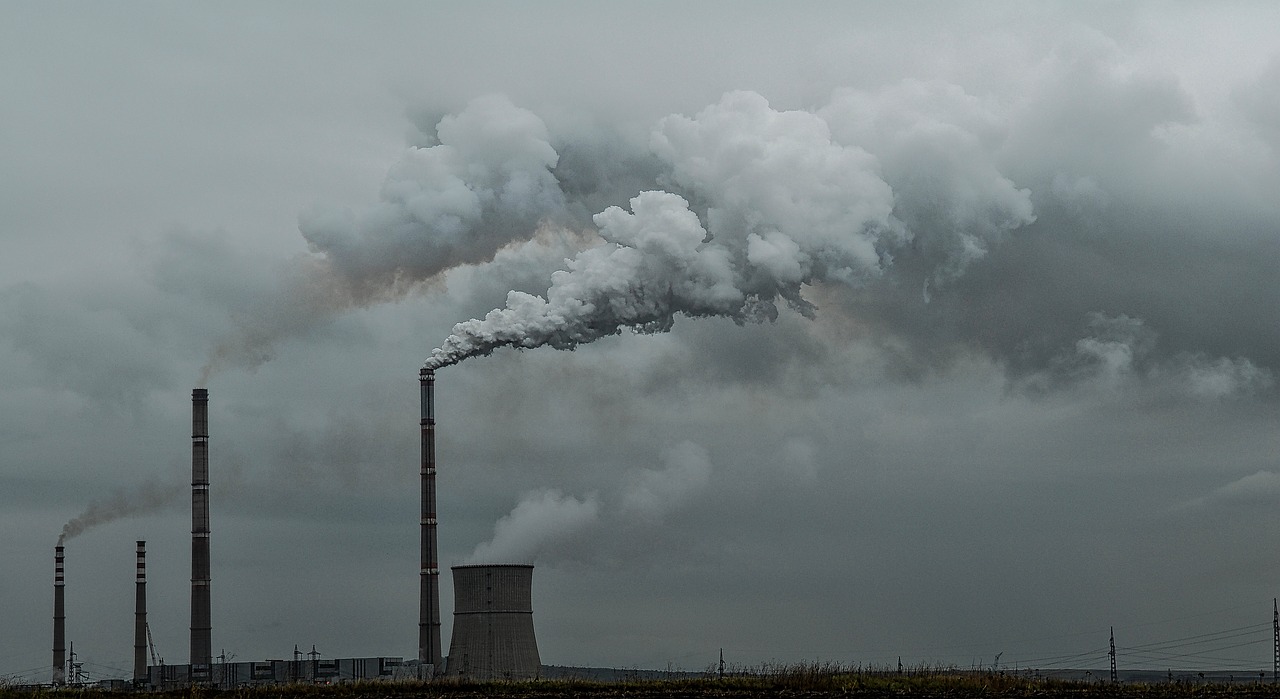
Jaclyn Belczyk | JURIST Executive Editor
The US Supreme Court heard oral arguments Monday in West Virginia v. Environmental Protection Agency, a major test of the agency’s authority to regulate greenhouse gas emissions.
The court had been asked to rule on 42 USC § 7411(d), an ancillary provision of the Clean Air Act, to decide how much rule-making power the EPA has to curb greenhouse gas emissions. But much of Monday’s two-hour discussion focused on whether the Supreme Court has jurisdiction to decide the case and whether the lower court’s decision violates the “major questions” doctrine—the idea that some issues are of such great importance that courts must assume Congress did not intend to delegate authority to agencies unless the statute is explicit.
In 2015 the Obama administration’s EPA adopted the Clean Power Plan (CPP), which was blocked by the Supreme Court. During the Trump administration, the EPA repealed the CPP, replacing it with the Affordable Clean Energy Rule and sparking a new round of litigation. Last year the US Court of Appeals for the District of Columbia Circuit vacated the repeal of the CPP, vacated the ACE Rule, and sent the issue back to the EPA. The Supreme Court agreed to take up the case, while the Biden administration has announced plans to draft its own set of new regulations.
Social media is bold.
Social media is young.
Social media raises questions.
Social media is not satisfied with an answer.
Social media looks at the big picture.
Social media is interested in every detail.
social media is curious.
Social media is free.
Social media is irreplaceable.
But never irrelevant.
Social media is you.
(With input from news agency language)
If you like this story, share it with a friend!
We are a non-profit organization. Help us financially to keep our journalism free from government and corporate pressure













0 Comments